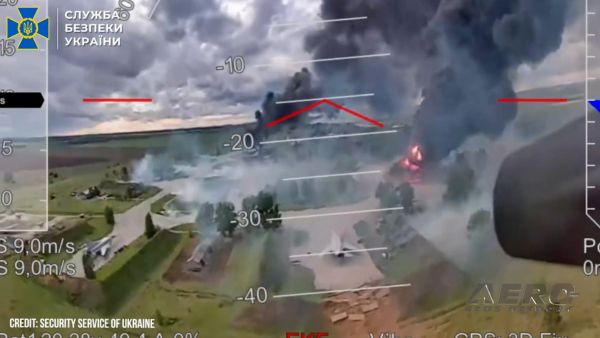Wed, Jan 28, 2004
Advertisement
More News
 Aero-News: Quote of the Day (06.07.25)
Aero-News: Quote of the Day (06.07.25)
“This milestone marks our official authorization to perform in airshows across North America for the 2025 season. A big thank you to our chain of command, home team, our fami>[...]
 ANN's Daily Aero-Term (06.07.25): Helipad
ANN's Daily Aero-Term (06.07.25): Helipad
Helipad A small, designated area, usually with a prepared surface, on a heliport, airport, landing/takeoff area, apron/ramp, or movement area used for takeoff, landing, or parking >[...]
 ANN's Daily Aero-Linx (06.07.25)
ANN's Daily Aero-Linx (06.07.25)
Aero Linx: Canadian Harvard Aircraft Association, Ontario, Canada The Canadian Harvard Aircraft Association (CHAA) is a non-profit registered charitable organization based in Tills>[...]
 Classic Aero-TV: Legacy of a Homebuilt P-38 Replica
Classic Aero-TV: Legacy of a Homebuilt P-38 Replica
From Oshkosh 2024 (YouTube Edition): Stunning Aircraft is a WWII Era Dream Come True William Presler, owner of Volar Avionics and Restorations, was given the opportunity to showcas>[...]
 Airborne 06.04.25: G100UL Legal Decision, FAA v Starship, Laser Conviction
Airborne 06.04.25: G100UL Legal Decision, FAA v Starship, Laser Conviction
Also: AV-8B Harrier For CAF Arizona, Boeing Gets ODA, Army NG Rescue, Longitude To C. America A California Superior Court judge recently ruled that GAMI’s unleaded avgas does>[...]
blog comments powered by Disqus



